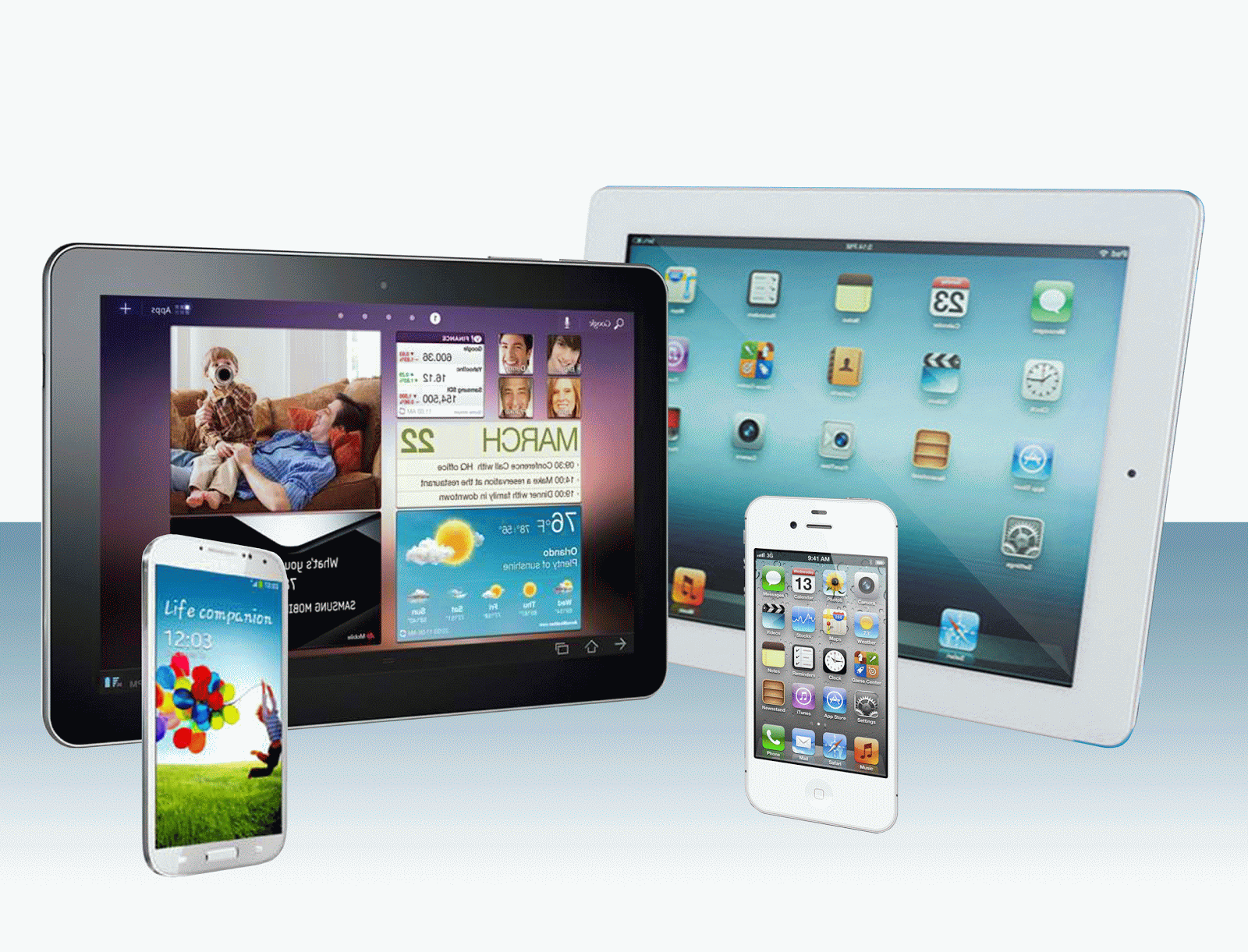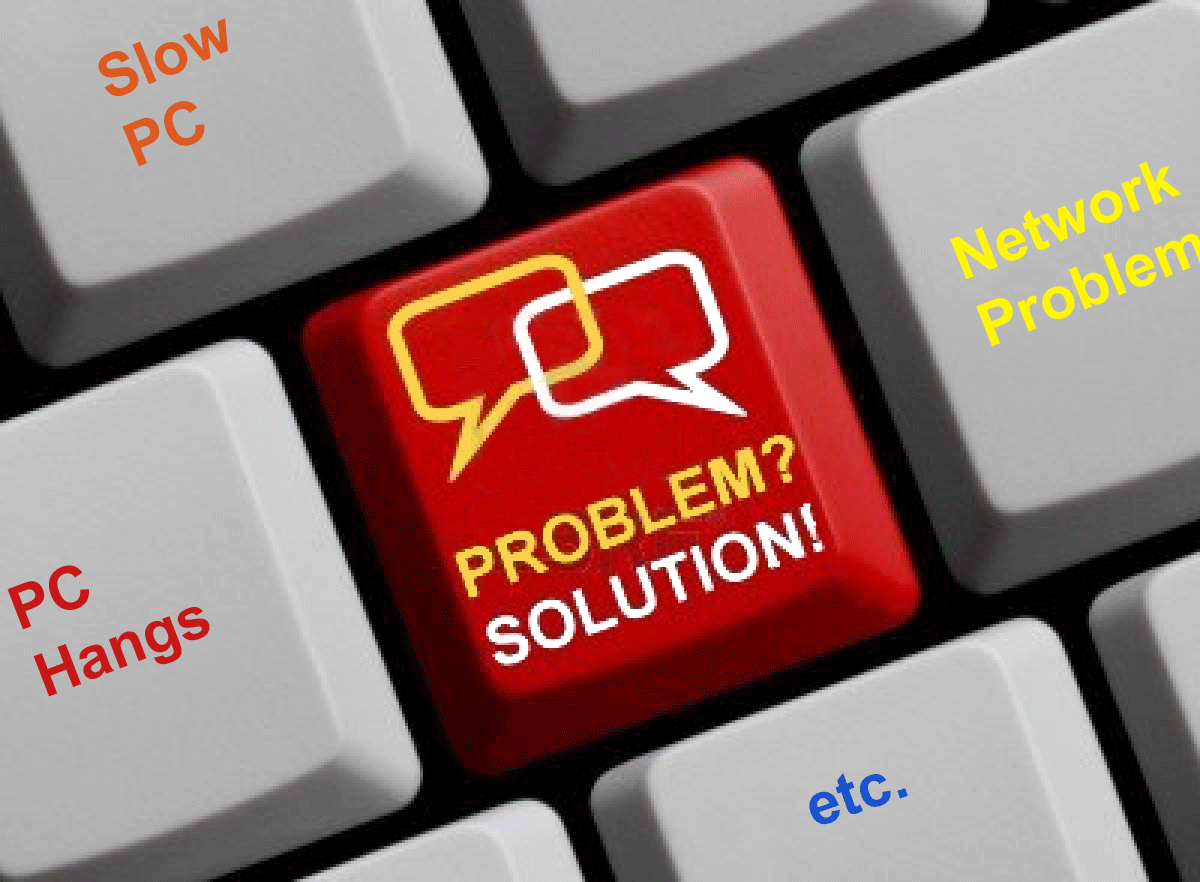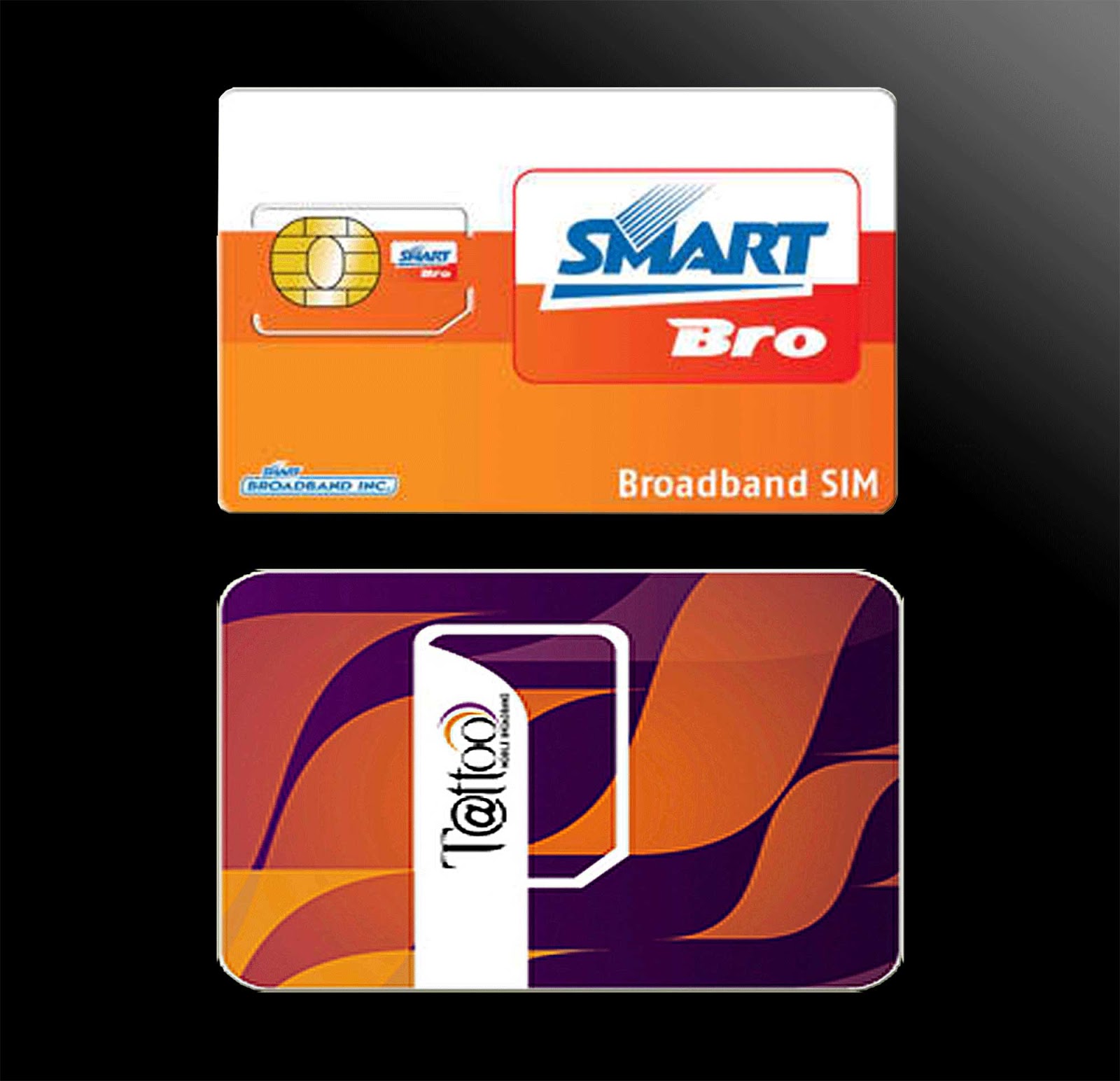Yes folks, whether we like it or not, this is the reality.
I am writing this piece because while I was looking up about hard drives, I came across an article detailing that hard drives and other parts of the computer with mechanical parts are the ones that will kill your computer. He is even very much sure of it by stating that the electronic components like the integrated circuits (IC) will never degrade over a period of time which of course this writer totally disagree.
This is the reason for this article. To correct any misinformation of such an article and I will be using integrated circuits (ICs) to illustrate my point.
Let me start by describing in general what a typical IC's inner workings. An IC has the outer packaging or encapsulantion which now a days made of hard, thermoset plastic, that encloses everything to protect the very sensitive "things" inside an IC.
Inside, you will find the chip (in the semiconductor industry it is called a die) where all the digital magic happens. An IC is made up of silicon doped with other materials to create very tiny transistors. There could be several hundreds of thousands or several millions of transistors packed into a 1cm square area. This is why the outer protective covering offered by the plastic packaging described above is very important.
Then there is the substrate (or leadframe) that provides electrical connection from the outside of the package to the inside of the IC. Lastly, there needs to be a wire that will connect the chip and the substrate. The material used is a very thin wire (less than or equal to 0.001 of an inch or 0.0254 of a millimeter in diameter) of 99.9% gold. There are other material used like aluminum and copper but mostly gold. If gold wire is not used, a tiny ball of Tin/Lead alloy (called bumps) is used to provide connection of the chip to the substrate.
The above mentioned is the basic components of an IC. There are other things to complicate its assembly but let's do away with them to make this article simple.
With that said, each material has what we call interfaces. An example is the chip to encapsulant interface. There are also the chip to gold wire or bump to chip interconnect as well as gold wire or bump to substrate interconnect.
Now all these interface/interconnects also degrade over time either through temperature changes from its constant use or from the application of electricity to it. Or it can simply be due to its environment.
To explain this further, when an IC is located in a very humid environment, it could absorb moisture from the air and this is not good for the encapsulant. The result could be increased stress inside the IC that will eventually lead to delamination of the encapsulation to the chip or the substrate. To delaminate means that two materials that were joined has separated. This may lead to broken wire as any movement of the encapsulation will pull the wire until it breaks. It could also crack the chip. In either case, the IC is made defective.
Another case is that with the constant application of electricity to an IC, migration of materials happen. This is because of the constant movement of electrons, due to the application of electricity, migration is not uncommon to happen. Take for example the gold wire to chip interconnect. With the right condition, like high temperature at powered state, some of the gold wire my migrate into the chip causing void in the gold wire making the connection weak or even brittle that may eventually crack where even a microscopic crack would make the IC defective.
A substrate/leadframe may also develop growth on the leads and when it grows long enough, it could touch adjacent leads causing electrical short circuit that will damage other part of the circuit board due to high current caused by the short. But the short on the leads, whether there is additional damage on the board or not, will already make a computer or any electronic gadget/appliance to malfunction or will not work at all.
There are still countless things that can happen but which I can not describe here or this post will become a book. But the above example is enough to demonstrate that just because there are no moving parts an electronic component 5 years ago will be as good as it is today.
Don't worry though, even if what I have described is true. ICs in the field almost always last within their expected life. This is done by a group within the company that tests the reliability of each product and they are very good at predicting an ICs life.
To give more insight on the matter, industry standard today expects an IC to live for 10 years on non-automotive parts. If after 10 years it is still working, that's already a bonus.
Back to CyberLiving home page
Other Posts
Back to home page

























